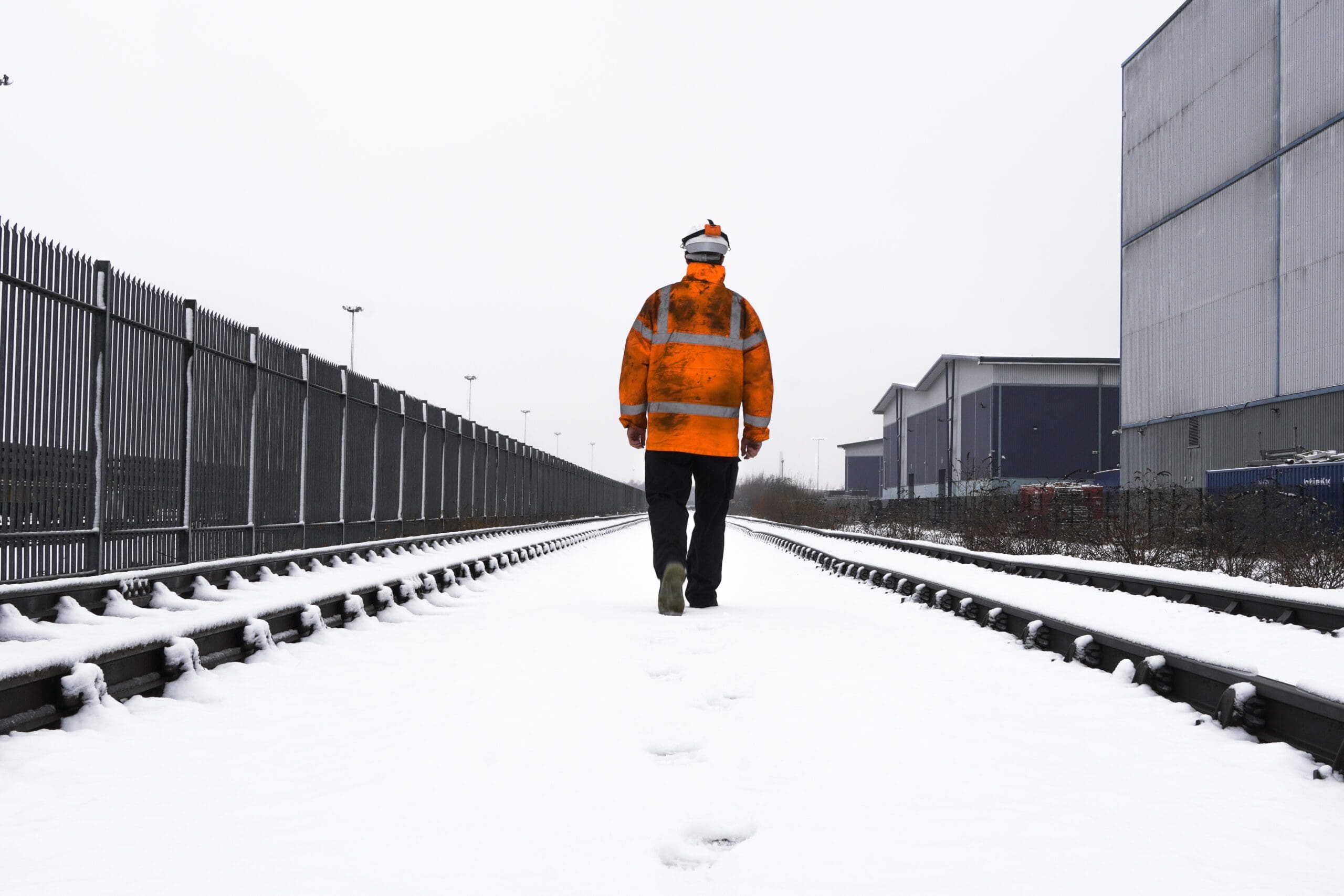A Railroad Lawsuit For Acute Myeloid Leukemia
Rail workers are frequently exposed to substances and chemicals that can cause cancer, such as asbestos and benzene. If you have been diagnosed with cancer and believe that your exposure to these chemicals at work contributed to it, you could be entitled to compensation.
The FELA law allows railroad employees to sue their employers for negligence. Contact an experienced railroad lawsuit acute myeloid leukemia lawyer for more details.
Benzene Exposure
Benzene, a colorless toxic gas that can cause cancer when exposed for a long period of time. It is naturally produced in the environment, as well as through the combustion of gas and smoking tobacco. The skin is also able to absorb the benzene. A railroad worker who has developed cancer due to exposure to benzene may be able to file a claim against their employer for monetary compensation.

In one case the widow of a railroad employee who died was awarded $1,500,000 by the company which employed her husband. Leukemia lawsuit was a pumpman on different tankers in the 1970s and 1980s. He was exposed to benzene's toxic fumes. When he passed away from acute myeloidleukemia, in the year 1995, his wife filed a wrongful death claim against the vessel's owner.
Acute myeloid leukemia can be an aggressive cancer that could cause death in several months if it is not treated immediately. It is usually treated with chemotherapy, however in certain cases radiation therapy and targeted therapy might be utilized.
We secured defense verdicts in two cases, in which plaintiffs claimed that they suffered brain damage due to exposure to solvents over their 23-year rail career. The defense provided expert evidence on medical causation and industrial hygiene and the jury concluded that the workplace of the railroad was fairly safe.
Creosote Exposure
It is a mix comprised of hundreds of chemicals that are used to preserve wood such as railroad ties. It is a known carcinogen including polycyclic hydrocarbons (PAHs). The PAHs present in creosote are taken up through the surface of the skin, or ingested by drinking water that has been affected by this chemical. PAHs are also absorbed into the lungs, and could cause lung cancer.
cancer lawsuits may trigger several symptoms, such as respiratory irritation, eye problems and nausea and vomiting. It can also cause third and second degree burns to the skin. Coal tar creosote contains numerous PAH compounds, including naphthalene, acenaphthene fluorene, phenanthrene, and fluorene All of them are carcinogenic.
Creosote exposure can affect the health of workers and their families as well. For example, some workers have developed basal cell tumors papular that are common skin cancers that can spread to other areas of the body. Others have been affected by chronic asthma, esophageal esophagus ulcers, and fibrosis of the liver and lungs.
In many cases, the railroad industry isn't able communicate effectively with employees on the dangers of prolonged exposure to toxic substances. It is not unusual for railroad employees to leave cranes, diesel locomotives, or forklifts running while working. Diesel exhaust from these engines could be inhaled and eaten. They also soak rags in benzene containing solvents to clean machinery and tools.
Worker's Compensation
Railroad workers who contract cancer or develop another chronic disease due to exposure toxic chemicals like benzene and Creosote, may be entitled reimbursement for medical expenses and other expenses. A New York railroad cancer attorney could assist those seeking claims for damages in the form of money under the Federal Employers Liability Act, or FELA.
Many ailments related to exposure to carcinogenic substances in the workplace such as diesel fumes, asbestos and silica are not likely to manifest themselves until a worker is older. Therefore, the statute of limitations in the majority of cases is only for three years from the point someone is first diagnosed with the illness. It is therefore important that potential victims contact a railroad injury lawyer immediately after being diagnosed.
In a recent instance, Napoli Shkolnik PLLC successfully defended a lawsuit filed against our client by a former railway employee who was diagnosed with leukemia after years of exposure to toxic chemicals. The plaintiff claimed the company was in violation of FELA for failing to provide their employees with the proper safety equipment and training.
The jury gave the plaintiff damages of $7.5 million after finding that the cancer was directly connected to his work at the Chicago & North Western Railroad. The man was exposed to a variety of toxic chemicals like benzene creosote, as well as degreasing solvents while working for the company.
FELA
Former railroad employees who are diagnosed with cancer as a result of exposure to toxic substances at work could be qualified to file a claim for compensation under the Federal Employers Liability Act (FELA). Unlike workers' compensation statutes that offer victims medical expenses and some lost wages, FELA is a fault-based statute that requires proof that the railroad employer failed to protect its workers from the dangers of chemical exposures.
Bladder cancer lawsuit fight FELA lawsuits involving occupational illnesses. Defense attorneys often argue that the former employee isn't able to identify specific instances of health issues. They also point to the absence of official test results showing the presence of toxins or carcinogens in equipment or parts used by the railway company.
A successful FELA claim is the compensation for future and past physical suffering and pain and loss of enjoyment life, psychological stress, and other related damages. If the victim dies as a result of their injuries and/or injuries, a wrongful demise claim can be filed to recover compensation for the deceased person's family members.
At Napoli Shkolnik PLLC, we work with skilled FELA lawyers to help injured railroad workers obtain the financial help they require. Contact us for a complimentary consultation. We represent railroad workers across the country, including New York City, Boston, Hartford, St. Louis, Denver, and other cities.
